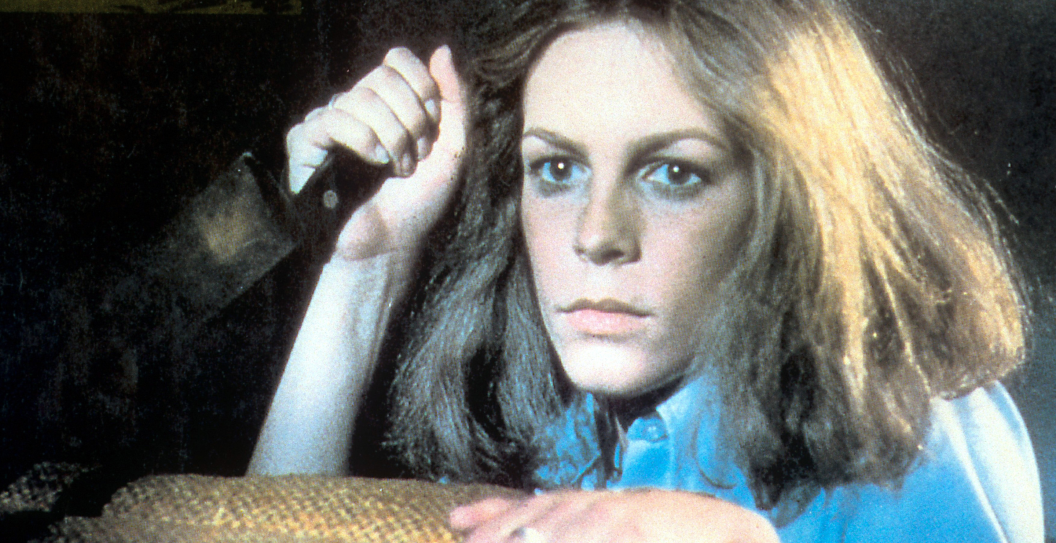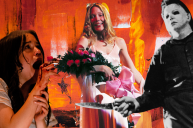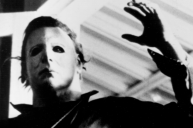When John Carpenter first pitched his film Halloween, it had no music or sound effects. Infamously, a film executive told him it wasn't scary. He went back to the drawing board, sat down at his piano and hammered out what would become an iconic, bone-rattling score.
Moments such as "Laurie's Theme," "Michael Kills Judith" and "Better Check the Kids" crawl under the skin and stay there, their minimalism part of their charm. But it's perhaps the opening title music that is most remembered. The syncopation of piano keys sends chills down your spine whenever you hear it. The music soundtracks a pumpkin flickering in the dark, as orange names including Jamie Lee Curtis and Donald Pleasance flash across the screen. Even the most casual horror fans are able to identify the source of such a macabre piece of music.
Who Wrote the 'Halloween' Score?
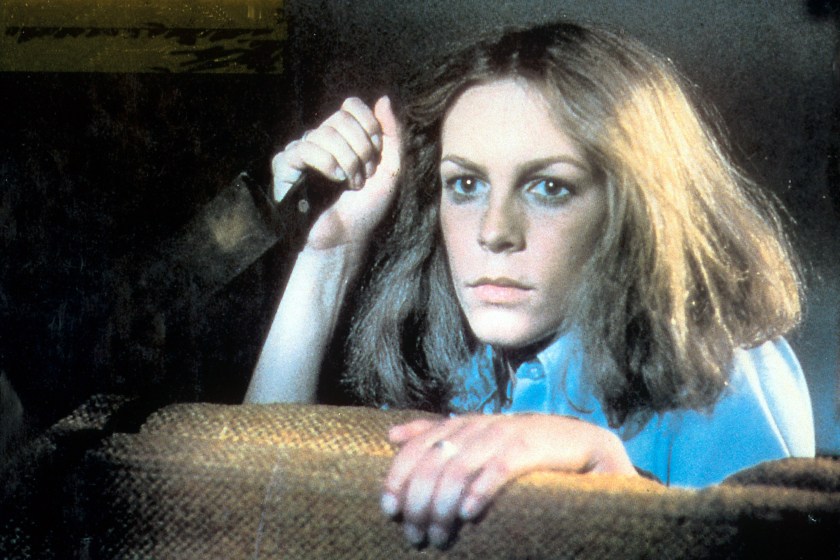
Compass International Pictures/Getty Images
Carpenter crafted the score in just three days — adding only a few other instruments to his arrangements — and later spent another 11 days inside the Sound Arts Studio in central Los Angeles. "We didn't have any money for a composer, so I always knew that I was going to be the composer," he told Song Exploder. "I knew I was going to do the main theme to Halloween, and I had that down pretty much. Everything else I was going to fake it, just improvise it."
Such an approach served him well, particularly on the theme that punctures the eardrums like a butcher's knife carving up a fresh pumpkin. His father, Howard, was a musician and West Kentucky University music teacher, so Carpenter grew up around music and film scores. He later played rock 'n' roll music in his youth and unsurprisingly draws upon this experience to create a moody, terribly unforgettable work. He also called to the material of composer Bernard Herrmann, who sculpted the music for Psycho (1960).
"My father taught me 5/4 time," Carpenter said in a behind-the-scenes feature for 2018's reboot/sequel. "I thought it would be perfect for the movie." In 1961, Howard bought his son a set of bongo drums. Carpenter was 13 at the time and had a curiosity for music. Howard then taught him how to play the 5/4 time signature. "I thought that was clever. I sat down with the piano just one in 'dun-dun-dun' and played octaves," he described in American Masters.
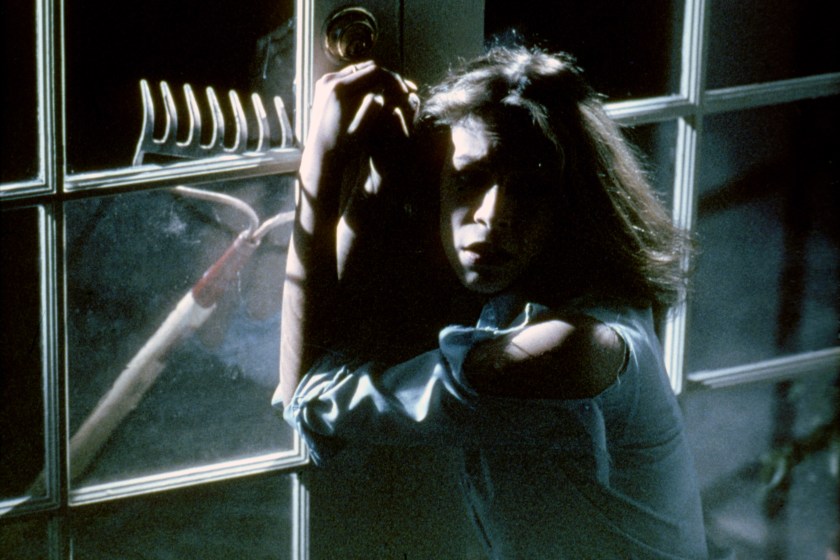
Compass International Pictures/Sunset Boulevard/Corbis via Getty Images
Its simplicity drives Halloween forward, a chilling performance piece that gives the spooky imagery a bit of a boost. While fiddling with the soundtrack, composer and San José State University music professor Dan Wyman — who'd previously worked on Carpenter's Assault on Precinct 13 — assisted Carpenter in sculpting the iconic soundtrack. "He was a really nice guy. Working with him on 'Assault' worked out well," Carpenter said, "so I decided to go back to him. He would tune up the synths and do the recording for me. We used what was at hand. I always do."
Not only does the Halloween theme — which was composed in an hour — prominently feature a piano, but there's a clocking sound that mimics a metronome. It was one of the first elements Carpenter and Wyman put down in the studio. "The metronome-like sound on it is an electronic machine — almost like a drum machine," Carpenter said. "I don't recall what it was exactly, but that was one of the first things that we put down, so I could play along to it. It wasn't put down as a metronome, though. It was the background to the music and one of the drivers of it."
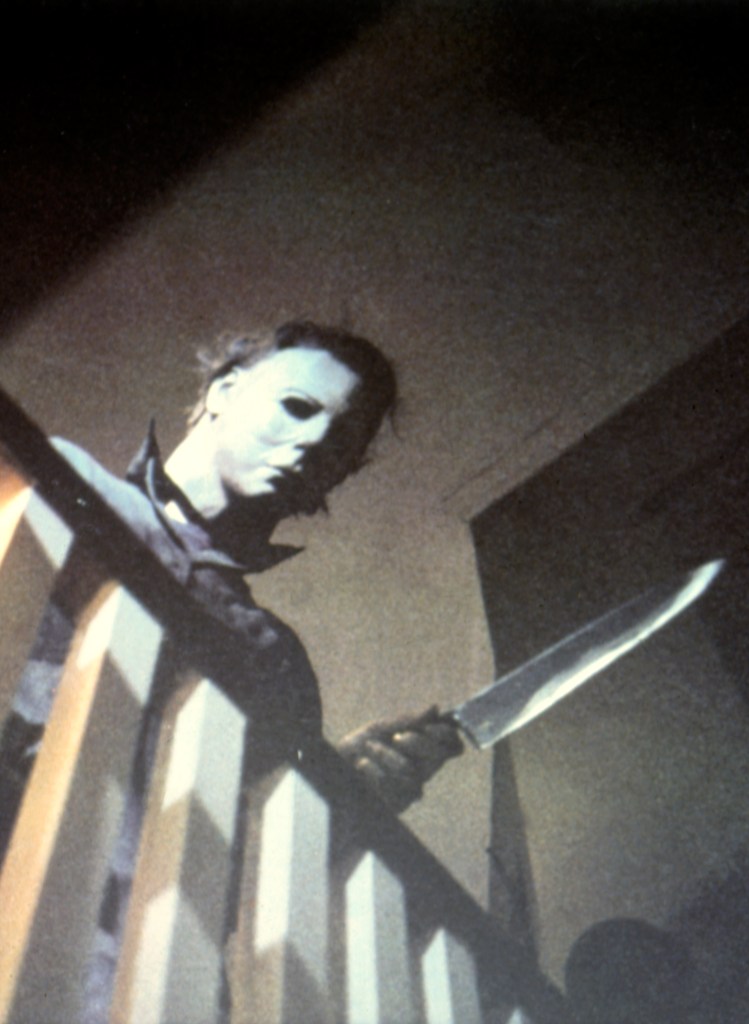
Compass International Pictures/Sunset Boulevard/Corbis via Getty Images
Carpenter recorded five or six themes without "scoring to picture," as in scoring along with the film, frame by frame. "This was just scoring blind, and then I would cut the themes into the movie," he said. "I had to guess at various moods. What surprised me is, they actually fit pretty well into the movie. It's a cheap but effective way of scoring."
In the end credits, he doesn't credit the music to himself. Instead, he bills himself as the Bowling Green Philharmonic Orchestra — a nod to where he grew up: Bowling Green, Kentucky.
Many years later, Carpenter reflected on how adding the music redefined the story and struck that same film executive in a drastically different way. "About six months later I ran into the same young executive who had been with 20th Century Fox," he said. "Now, she too loved the movie, and all I had done was add music. But she really was quite justified in her initial reaction. ... My plan to 'save it with the music' seemed to work."
